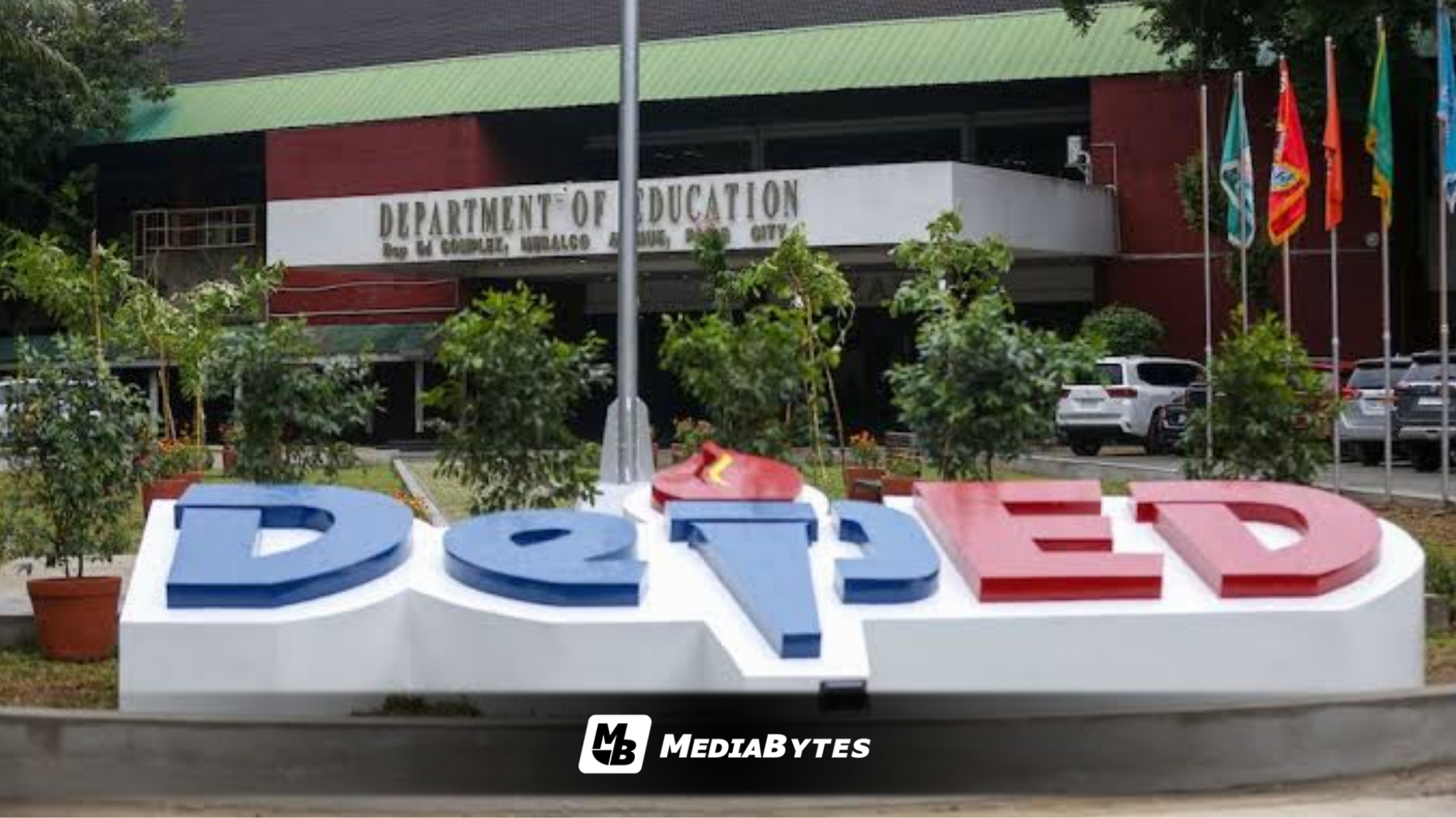
Despite posting high obligation rates (OR) since 2020, the Department of Education (DepEd) has come under fire after a government research arm flagged its dismal disbursement of funds, particularly for textbooks.
In its report on the 2026 National Expenditure Program (NEP), the House Congressional Policy and Budget Research Department (CPBRD) showed that while DepEd has averaged an 89.2% obligation rate since 2020, only 11% of textbook funds were actually disbursed in 2023.
The CPBRD explained that the obligation rate measures how much of the allocated funds for projects have been committed to agencies, while the disbursement rate (DR) is the percentage of actual payments made for goods and services delivered.
DepEd’s OR breakdown: 87.7% in 2020, 90.2% in 2021, 91.9% in 2022, 89.8% in 2023, and 86.2% in 2024.
But the agency has struggled with specific programs since 2022, recording low obligation rates in the computerization program (23%–50%) and feeding initiatives (65%–81%).
The bigger red flag, CPBRD said, is the “inability of government agencies to convert committed or obligated spending into actual production or delivery of public goods and services.”
This was highlighted in DepEd’s textbook delivery program, which posted a disbursement rate of only 11% in 2023 and 17% in 2024.
“Even more concerning are the PAPs (priority programs, activities, and projects) with DRs lower than 50%, such as the delivery of textbooks and other learning materials (11% to 17% in 2023 and 2024), and school-based feeding (48% in 2024),” CPBRD said.
The research body warned: “Value for money, which is the main concern of operational efficiency, is undermined when some government agencies are not efficient in utilizing the budget given to them.”



